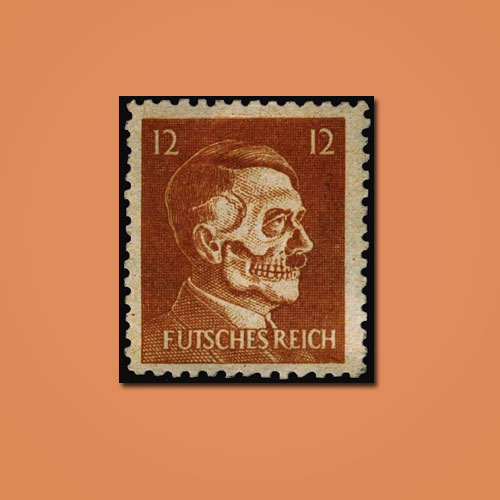Here’s how to Spot a Stamp Forgery
2020-04-28 Tue
Almost from the very day that Philately began as a serious hobby, stamp collectors were plagued by forgeries. Forgeries exist in two types; those made for philatelic consumption and those produced to defraud the postal service of revenue (called postal forgeries). These postal forgeries are in nearly all cases not only very rare but highly collectible and desired as examples of postal history. But philatelic forgeries are rarely scarce, and seldom desired by stamp collectors.Despite the prevalence of fake stamps, the good news is that most philatelic forgeries are pretty mediocre. Except for the work of Sperati (and his forgeries often sell for as much as the genuine stamp) forgeries usually were made quickly and cheaply and lack many of the fine points of the originals.
The way that a collector can become suspicious about a forgery is by paying attention to detail, small points that most forgers couldn't be bothered with in their rush to put out a low-cost product. First, check your catalog. Should the stamp in question be watermarked? Matching watermarked paper is very difficult and most forgers never bothered. Is the stamp printed in the method that the catalog says it should? Most forgeries are printed by some form of lithography and many early stamps are engraved. Does the paper that the stamp is printed on a match in the quality and texture of the paper of any other values of the same set that you may have?
Though forgeries are hardly the problem today they were 50 years ago, collectors should still watch the sources from which they buy their stamps and be aware that the "genuine bargain" from an unknown or unscrupulous seller might be neither a bargain nor genuine. And when in doubt, there is always Mintage World to help you out.
To know more about stamps Visit philamart to view and purchase variety of stamps from all over the world.
Latest News
-
Panchala King Bhanumitra Copper Coin
2024-04-26 FriThe Panchala kingdom was ruled by the Mitra kings. The Mitra kings are known to issue coins and most...
-
Mahatma
2024-04-25 ThuIndia Post issued a commemorative postage stamp on #LalaHansraj, also known as Mahatma Hansraj for�...
-
Berar Mint of Muhammad Akbar
2024-04-25 ThuBerar was a kingdom located in the Deccan region, with Elichpur as its capital. It was one of the Su...
-
Janma Kalnayak of Bhagwan Mahavir
2024-04-24 WedOn 21st April 2024 which was the 2550th Janma Kalnyanak of Bhagwan Mahavir Swami, PM Modi unveile...
-
Gold Pagoda of Vijaynagar Empire King Deva Raya I
2024-04-10 WedKing Deva Raya I of the Vijayanagara Empire was a patron of Kannada literature and architecture. He ...

